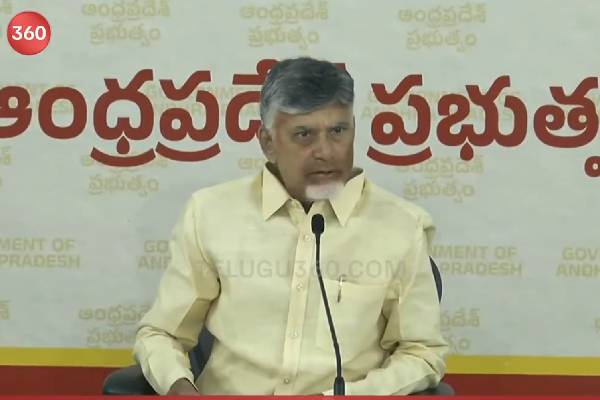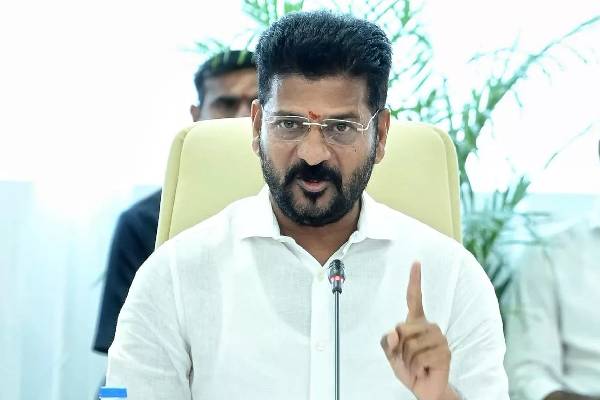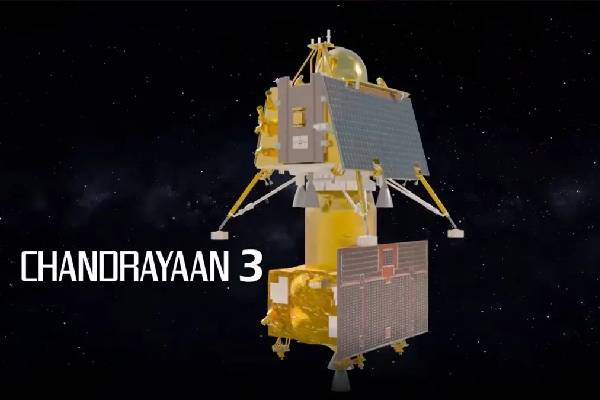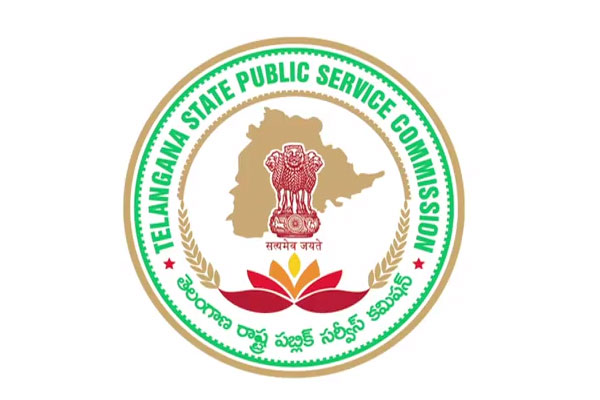Recent comments from various politicians have caused amusement and bewilderment among the public, highlighting a recurring trend of misinformation surrounding India’s space missions. West Bengal Chief Minister Mamata Banerjee, a prominent political leader, mistakenly attributed a moon landing conversation to astronaut Rakesh Sharma, confusing him with Bollywood figure Rakesh Roshan. In reality, Rakesh Sharma’s dialogue with Indira Gandhi occurred during a space mission, not a lunar landing. Banerjee’s error spread widely on social media, emphasizing the unfortunate misinformation often voiced by political leaders.
This incident echoes similar instances where politicians have exhibited a lack of understanding about India’s prestigious lunar missions. Rajasthan’s sports minister, Ashok Chandna, contributed to the trend when he inaccurately congratulated the “passengers” of Chandrayaan-3 after its successful soft landing. In reality, Chandrayaan-3’s Vikram lander is equipped with a rover, Pragyan, and does not carry passengers. The mission’s primary objective is to study the Moon’s geology, water resources, and potential for future exploration, rather than human space travel.
The Chandrayaan missions symbolize India’s progress in space exploration, and factual awareness is crucial in upholding the nation’s achievements. As technology and science continue to drive advancements, it is imperative that political leaders stay well-informed to accurately represent and celebrate the nation’s strides in space exploration.

































